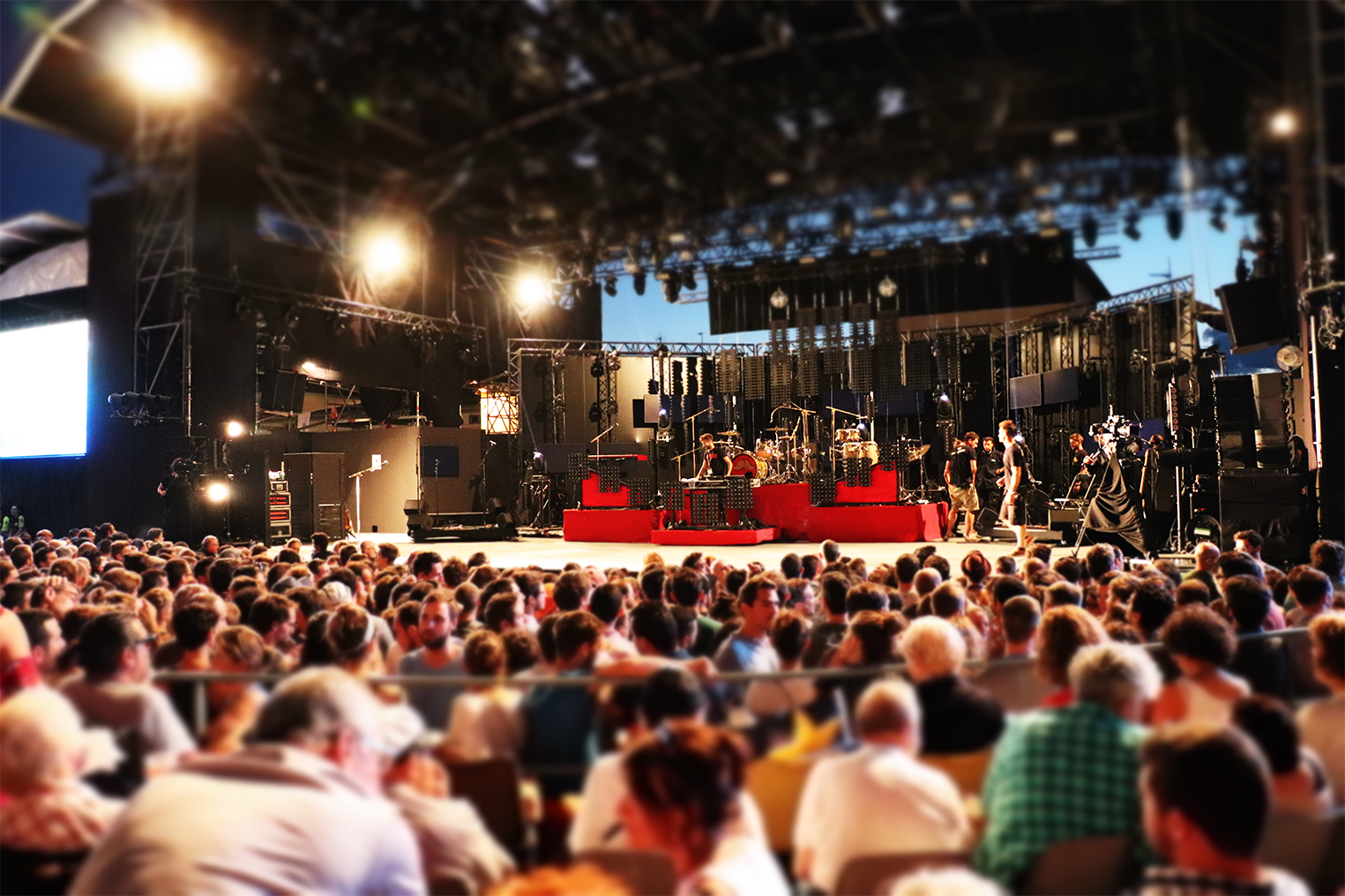Discover the Théâtre Antique de Vienne
Discover the Théâtre Antique de Vienne
The Roman Theatre’s terraces stand on Pipet Hill’s steep slopes. In ancient times and following major retaining work, the summit was a religious esplanade whose temples and divine statues formed a sacred extension to the theatre. It could house around 13,000 spectators making Vienne Theatre one of the largest urban theatres in the Roman Empire, the second biggest in Gaul after the one in Autun.
Following recent excavations, it would now appear that the theatre’s construction was one of the biggest urban worksites in 40-50 AD, which doesn’t rule out later renovations. In 2AD it was paired with a second smaller theatre, the odeon, built nearby on the south side of the Saint-Marcel ravine.
Its layout was in keeping with the Latin stone theatre model despite the anchoring in the rock resulting in specific requirements. Circular vaulted corridors formed the skeleton for the cavea’s terraces and were used by spectators to get around.
The stage wall’s façade (adorned by columns and statues) and the side stage buildings with the terraces formed an enclosed environment with no way of getting outside.
Social function
Like in Rome, the theatre embodied civic community but wasn’t just used for entertainment (plays, dramas, pantomimes, musicals, dances, sporting battles etc.); it could be used for civic and official gatherings. The religious aspect of the building was clear inside the theatre with a small sanctuary at the top of the cavea and depictions of religious scenes on sculptures that would have adorned the altars and architecture.
Important locals knew how to use the site to seal their popularity by hosting entertainment for their fellow citizens. For example, in 1AD the super-rich senator from Vienne, Decimus Valerius Asiaticus (and his family), had his own troop of actors: the Scaenici Asiaticiani appear on their tomb.
Rediscovery and revival of the theatre
In 1834 archaeologist and museum curator Claude-Thomas Delorme managed to convince Prosper Mérimée, inspector general of the Monuments Historiques, that the relics at the foot of Pipet Hill could be those of a Roman theatre and not an amphitheatre as everyone still believed until the early 20th century. It wasn’t until excavations between 1908 and 1938 that the monument was unearthed and restored after being buried beneath thousands of square metres of earth.
Following its restoration, summer line-ups revived the theatre’s role as an entertainer: operas, musicals, dances and a jazz festival that is now seen as the first of its kind which began in 1981.
Visit the Roman Theatre
Prices & opening times: http://www.musees-vienne.fr


